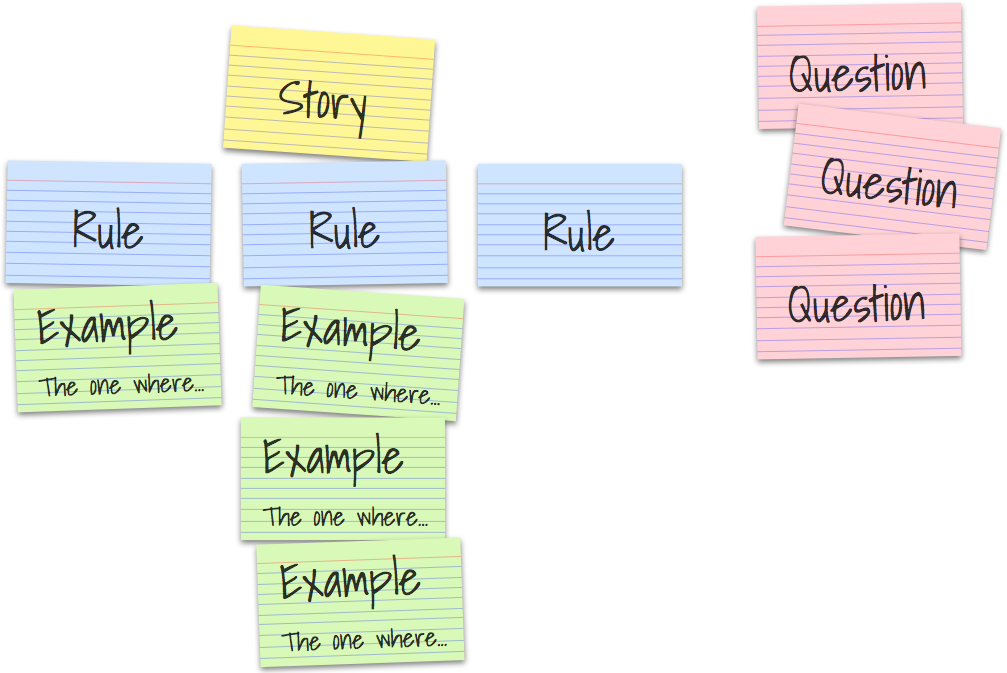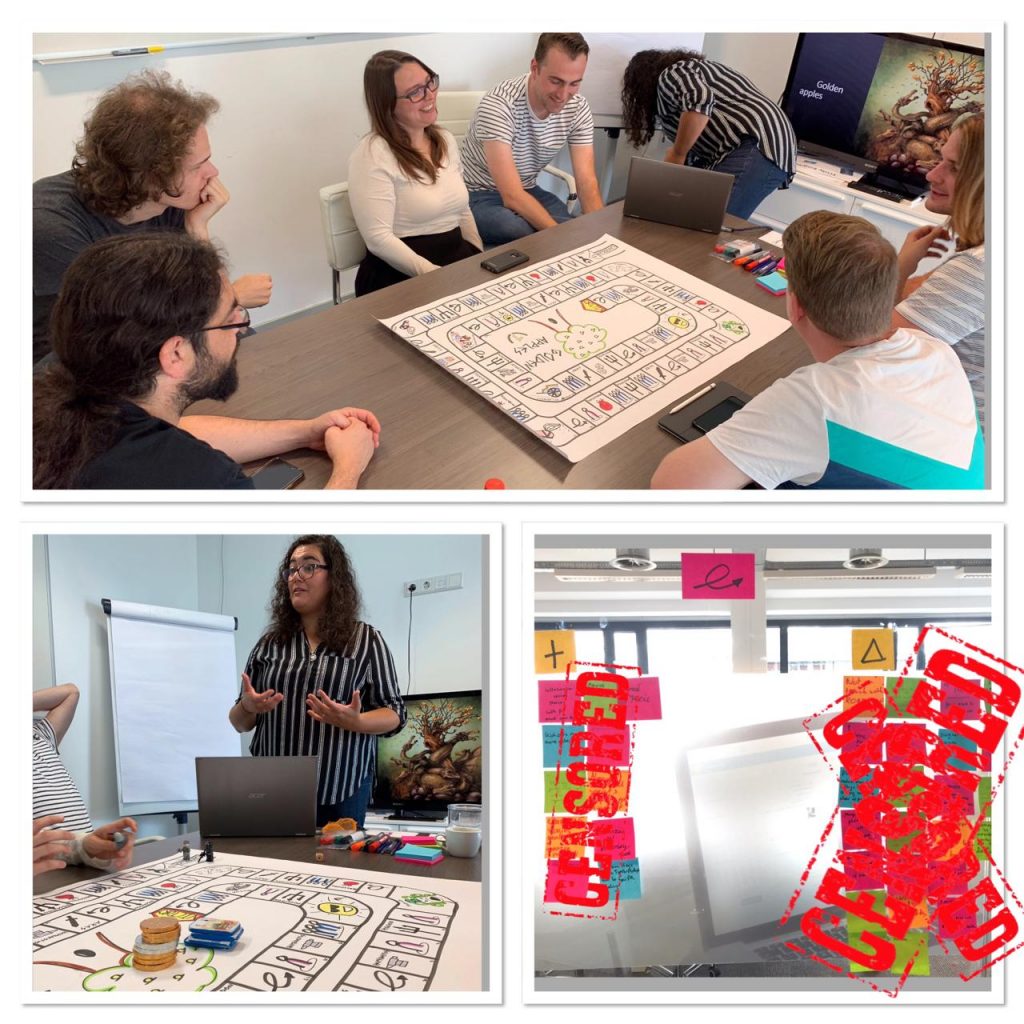- Ditch dull icebreakers for dynamic ones
- Over-emphasize onboarding
- Build a buddy system
- Set scheduled video chats
- Carve out a dedicated non-work chat channel
- Invest in company retreats – and do ’em right
- Use Know Your Team 🙈
Read the complete article here: https://knowyourteam.com/blog/2019/07/24/how-to-build-social-connection-in-a-remote-team/


